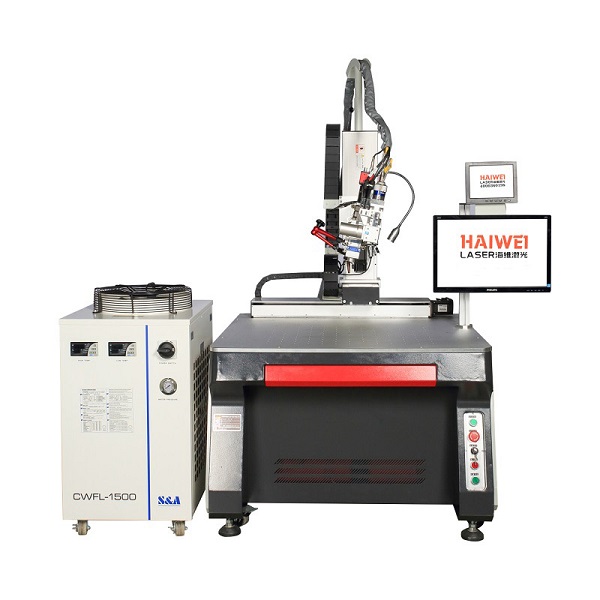Laser Welding Machine: How to Minimize Distortion in Stainless Steel Welding
Welding stainless steel without excessive deformation is a common challenge in precision manufacturing. While stainless steel offers excellent corrosion resistance and strength, it has lower thermal conductivity and higher thermal expansion than carbon steel—making it more prone to warping under heat input. A well-configured laser welding machine can significantly reduce this risk when the right techniques are applied.

Control Heat Input with Precision
The key to preventing distortion lies in managing heat. Laser welding delivers a concentrated heat source, which minimizes the heat-affected zone (HAZ) compared to traditional methods like TIG or MIG. A laser welding machine operating in pulsed mode allows fine control over peak power and pulse duration, reducing overall energy input while maintaining penetration depth. This is especially effective for thin-walled or complex stainless components.
Use Welding Parameters Optimized for Stainless Steel
Stainless steel requires stable shielding gas coverage—typically argon or argon-helium mixtures—to prevent oxidation and ensure bead quality. The welding speed should be high enough to avoid heat buildup, usually between 0.8–1.5 m/min depending on thickness. For sheet metal under 2 mm, a 1000–3000W single-mode fiber laser often provides the best balance of speed and consistency.
Clamping and Joint Design Matter
Even with low heat input, poor fixturing can lead to residual stress and distortion. Use rigid, thermally stable jigs to hold parts firmly in place. Over-clamping should be avoided, as it can induce stress. Butt joints with precise gap control (less than 0.1 mm) work best with laser welding, reducing the need for filler material and excess melting.
Consider Beam Oscillation for Gap Bridging
When small gaps are unavoidable, a laser welding machine equipped with a scanning head can apply beam oscillation (wobble welding). This improves gap tolerance and produces a wider, more uniform melt pool without increasing linear heat input.
Minimizing deformation in stainless steel welding isn't just about the machine—it's about combining proper settings, fixturing, and process control. A well-set-up laser welding machine offers the precision and consistency needed for high-quality, low-distortion results in demanding applications.
Recent Posts
- What are the advantages of laser welding machines in lithium battery pack production lines?
- What issues should be noted when choosing a lithium battery pack production line?
- Quality Inspection and Control of Lithium Battery Module Pack Production Line
- Cell grouping and sorting process in lithium battery module pack production line
- What are the safety hazards of lithium battery pack production lines and how can they be prevented?
INQUIRY

